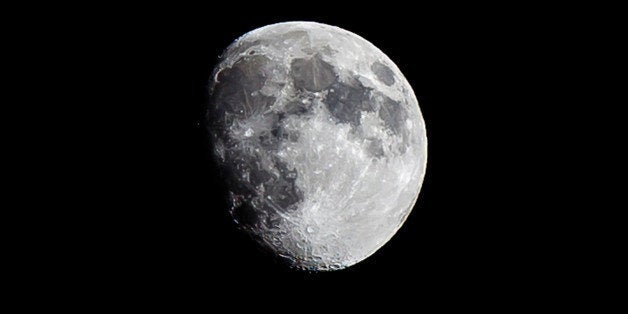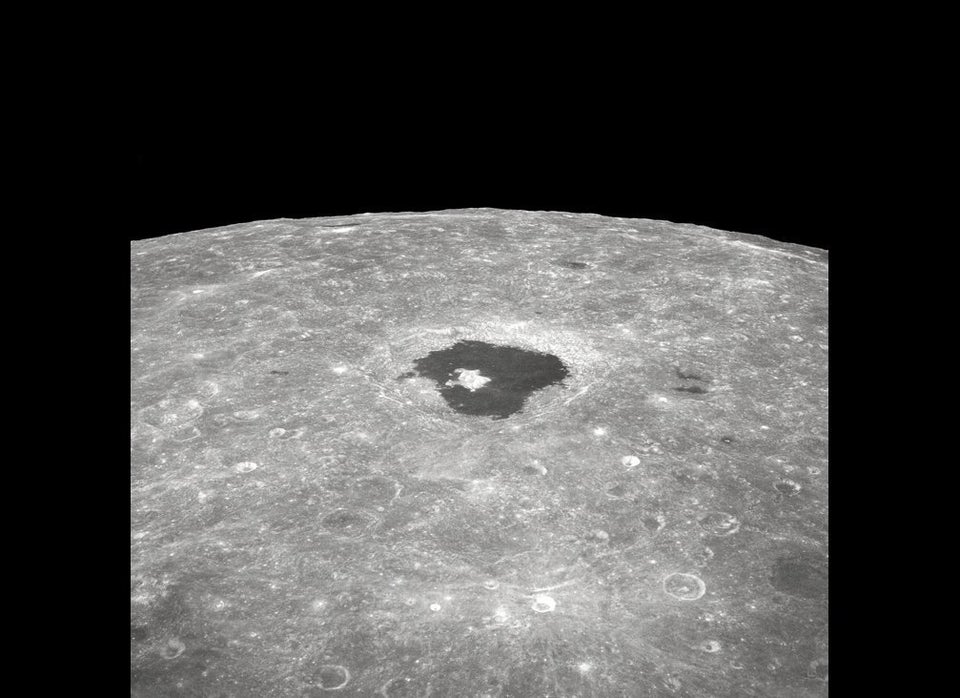
Scientists may be one step closer to solving the mystery of lunar water.
While many think of the moon as dry, a recent analysis of data collected by NASA's Moon Mineralogy Mapper detected magmatic water on the moon -- that is, water that originates deep below the surface.
The findings, published this week in the journal Nature GeoScience, may help explain not only where the moon got its water but also how our satellite was formed.
For years, researchers have tried to figure out where the moon's water came from -- whether it arrived on the moon from the solar wind or via water-containing meteorites that collided with the lunar surface. Though belief that the moon is bone-dry on the inside was squashed about five years after researchers tested lunar samples with new laboratory techniques, the source of the magmatic water from the moon's interior was still up for debate.
Now, analysis of the magmatic water, which appears as hydroxyl particles within mineral grains discovered in the Bullialdus crater, suggests that water molecules existed on the moon when it formed. (Hydroxyl, considered a subcomponent of water molecules, consists of one oxygen atom and one hydrogen atom.)
"I don't think this was cometary water that was somehow mixed in and excavated back out, or solar wind water," Rachel Klima, a planetary geologist from Johns Hopkins University's Applied Physics Laboratory told Discovery News. "I think this had to be water that was initially there when the materials forming the moon accreted, and what we found supports that idea."
Klima and the research team believe the rocks on the lunar surface "were excavated from depth by the impact that formed Bullialdus crater." Since the rocks -- with hydroxyls nestled inside -- come from far beneath the surface, it's not likely that the moon's magmatic water originated from solar wind or meteorites, as previously thought.
"Now that we have detected water that is likely from the interior of the moon, we can start to compare this water with other characteristics of the lunar surface," Klima said in a written statement released by NASA, which funded the research. "This internal magmatic water also provides clues about the moon's volcanic processes and internal composition, which helps us address questions about how the moon formed, and how magmatic processes changed as it cooled."
